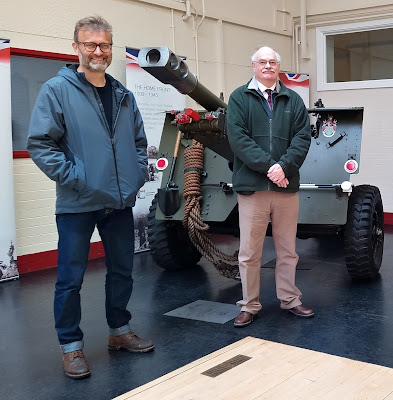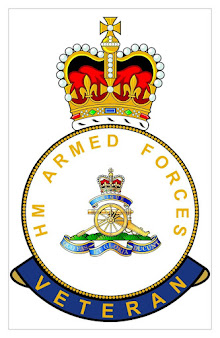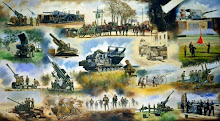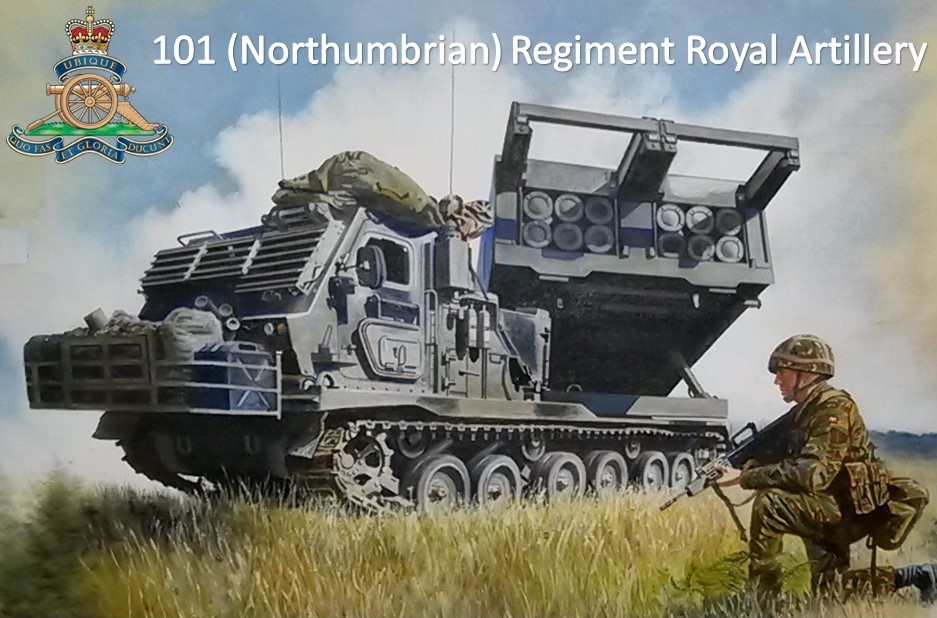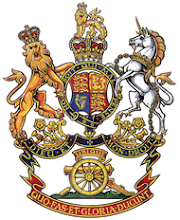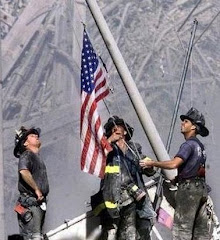| SP Sexton 25 Pounder Ver Sur Mer |
| SP Priest 105 mm Ouisterham |
The self- propelled Sextons and Priests of ten field
regiments would fire on the run in. The LCT’s had been modified with blast screens
to protect those outside the guns, and other modifications made to facilitate
this task.
The SP regiments in their LCT's followed
the infantry assault onto the beaches whilst firing their guns at specific
hard-point targets. The landing craft with the guns then turned away 3,000
yards short of the beaches, and re-joined the third wave of assault craft to
land the guns.
 |
| Assault Technique |
The approach had been timed on the basis of a speed of 6 knots,
meaning the expected movement would be 200 yards per minute. Ranging was to
commence at the earliest possible moment. The Sextons (25 pdr SP) with a range
of 13,200 yards could therefore provide 50 minutes of fire, the Priests (105mm
SP), range 11,400 yards, 40 minutes of fire.
 |
| Royal Artillery Run In Shoot |
The guns fired from 10,000 yards to 4,000 yards on 60
separate barrage lines. The range was controlled by means of the ‘Coventry
Clock’ (named after the IG who conceived the idea, major Coventry). The clock
was aligned to the expected speed of the landing craft and showed ranges, so as
the clock moved the ranges were known. Alignment was through the crafts
captain steering towards the shore, Nos
1’s firing when elevation bubbles were level. On reaching a barrage line guns
would fire at rate 3.
| SP Sexton of 86th (Bedfordshire Yeomanry) RA Ver Sur Mer |
| SP Sexton Ver sur Mer |
















